A transformer is a common electrical device that can be used to convert an alternating voltage of a certain value into an alternating voltage of another value of the same frequency.
A step-up transformer is a transformer used to convert a low-value alternating voltage into another higher-value alternating voltage of the same frequency. It is widely used in the high frequency field, such as inverter power supply.
The step-up transformer refers to the instantaneous starting of the voltage. At present, the transformer manufacturers that can effectively achieve instantaneous boosting in China are relatively rare. The step-up transformer has a relatively strong starting boosting capability and a good boosting effect. The difference is that the non-excited voltage regulator switch does not have the ability to load shift gears, because the tap changer has a short-time disconnection process during the shift position, and the disconnection of the load current will cause the arc between the contacts to be burned. The bad tap changer or short circuit, so the transformer must be powered off when shifting gears. Therefore, it is generally used for transformers that do not require strict voltage requirements and do not require frequent shifting.
Step-up transformer principle : The step-up transformer is a device that converts low AC voltage, large current, and small impedance into high AC voltage, small current, and large impedance. When the primary coil has AC current, the core (or core) The AC flux is generated to induce a voltage (or current) in the secondary coil. The input to the transformer must be an alternating current source whose output voltage is proportional to the turns ratio of the output input coil. If a battery is used, since it is DC, it is necessary to add a switching circuit to the input circuit to turn it into a constantly changing voltage. In this way, alternating high voltage power can be obtained at the output.
Formula and description: The number of turns of the two sets of transformers is N1 and N2, N1 is the primary and N2 is the secondary. An alternating voltage is applied to the primary coil, and an induced electromotive force is generated across the secondary coil. When N2 is greater than N1, its induced electromotive force is higher than the voltage applied by the primary. This transformer is called a step-up transformer.
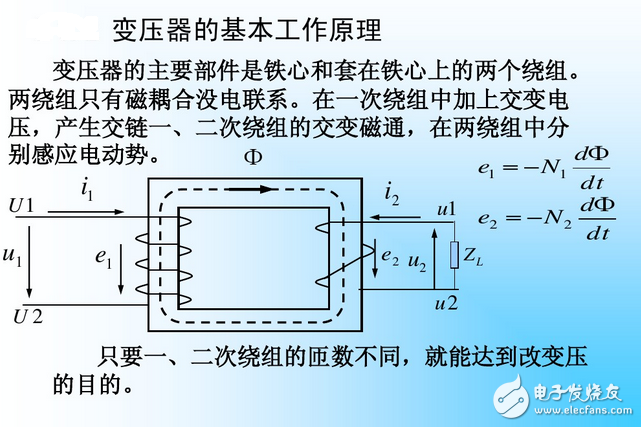
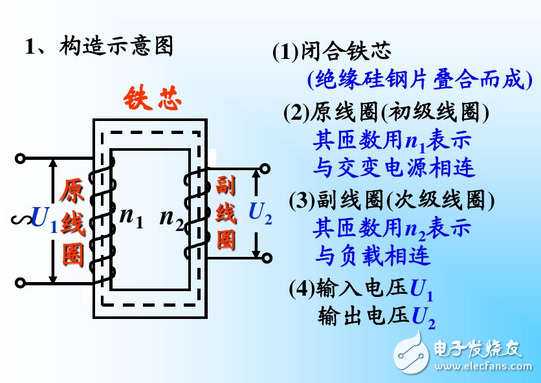
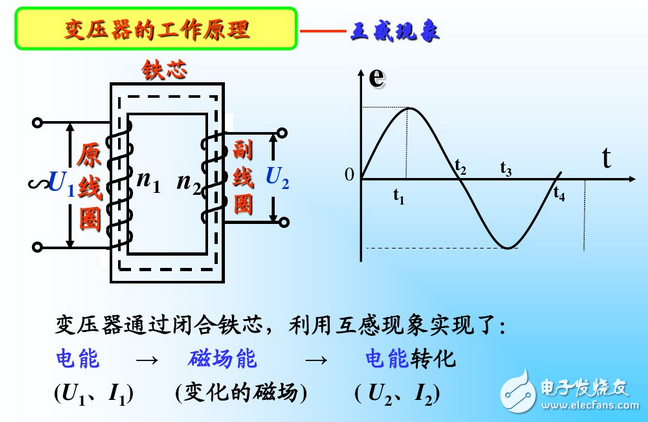
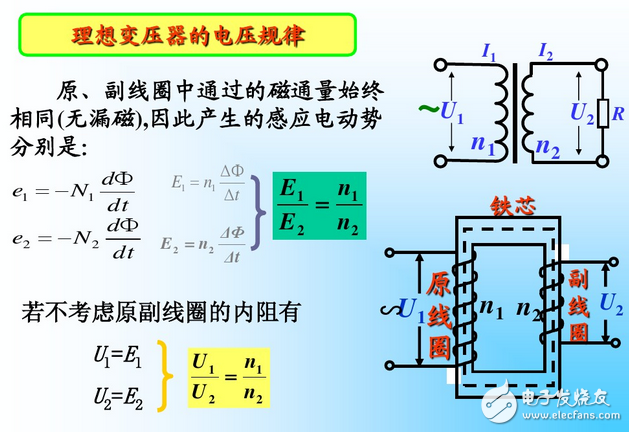
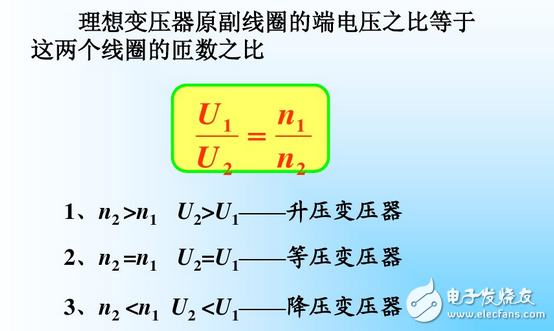
Features
1. In the cable laying process, it can support the cable and change the sliding friction into rolling friction between cable and support, which means it can reduce pulling force.
2. Straight pulling roller is used in the straight line segment of cable laying. Generally put one roller every 2-3 meter.
3, Corner pulling roller is used in the turning point of cable laying. The amount of corner pulling roller in the turning point is determined by the side pressure and cable bending radius.
Usually used in laying path of cable tray, well head, upper and down slope and control cable.
Notes: When operating, the roller should be fixed in ground or other supports.
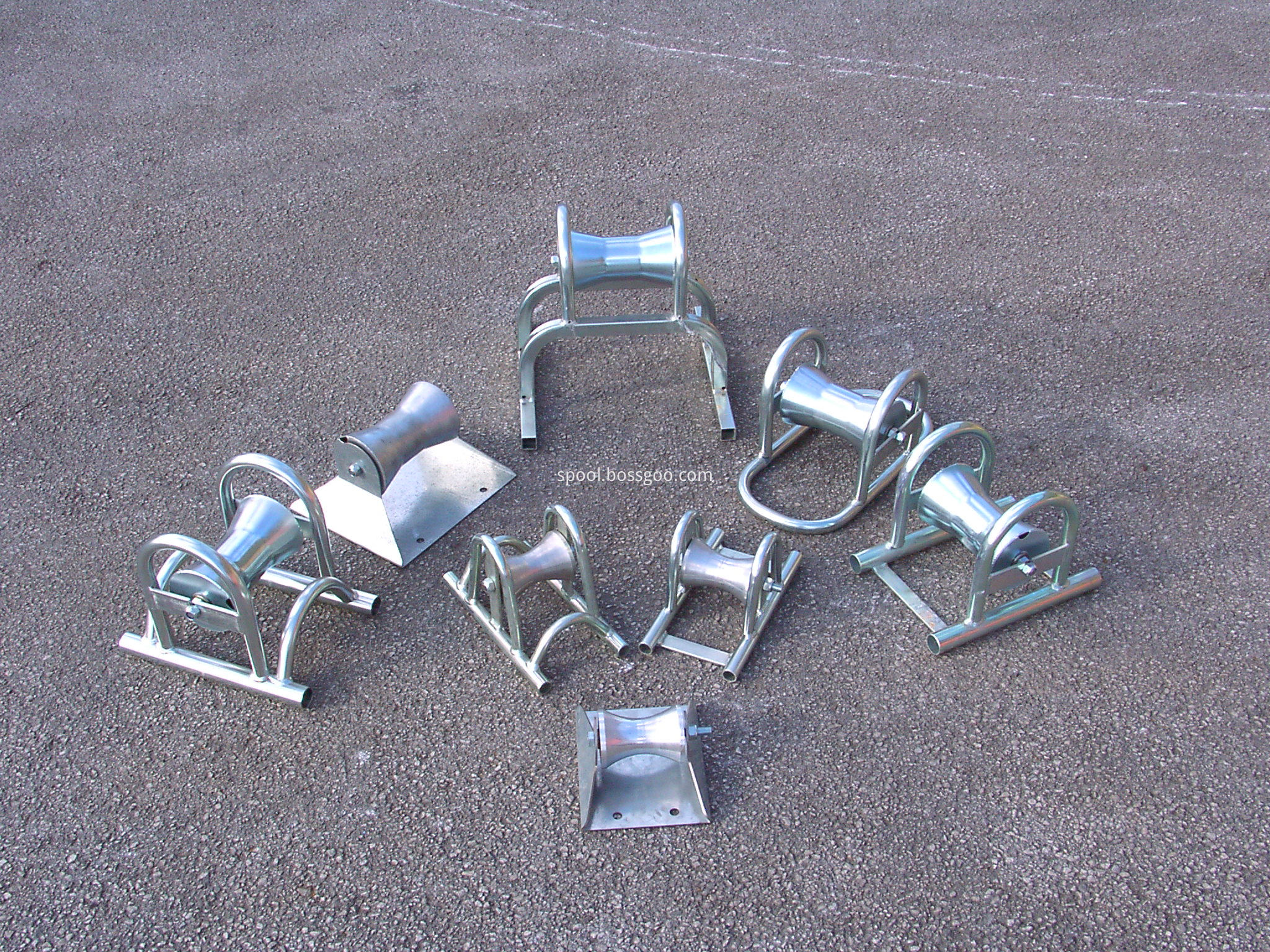
Cable Roller,Corner Roller,Hoop Rollers,Cable Guide Rollers
NINGBO BEILUN TIAOYUE MACHINE CO., LTD. , https://www.spool-manufacturer.com